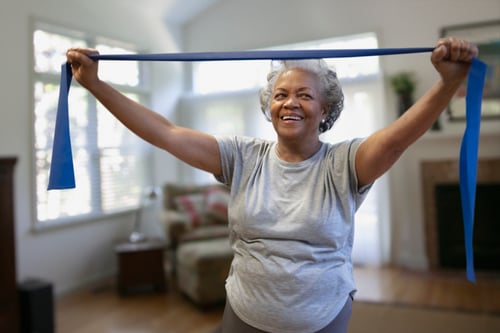 Have you wanted to create a healthier lifestyle, but don’t quite know how to get there? Maybe you have tried before, but haven’t been able to stick to your goals? Or life has thrown you a curveball (hello COVID-19 lockdowns) and you got knocked off track. It can be hard to keep yourself motivated to make good decisions every single day. Instead of relying on self-discipline to make these changes, studies have found that taking those healthy goals and turning them into habits might be the most efficient way to enact the changes you want to see! Do you have any habits you want to add to your routine?
Have you wanted to create a healthier lifestyle, but don’t quite know how to get there? Maybe you have tried before, but haven’t been able to stick to your goals? Or life has thrown you a curveball (hello COVID-19 lockdowns) and you got knocked off track. It can be hard to keep yourself motivated to make good decisions every single day. Instead of relying on self-discipline to make these changes, studies have found that taking those healthy goals and turning them into habits might be the most efficient way to enact the changes you want to see! Do you have any habits you want to add to your routine?
- First things first, start slowly! No matter how good your goal is, no matter how much you want to achieve it, working slowly helps ensure your new habit will stick. All behavior change comes with its highs and lows but working slowly helps keep you from losing your focus when things get hard. Embrace each level of success when developing a new healthy habit!
- Be sure your goal is clearly defined. Did you lose your exercise routine during the COVID-19 pandemic and now want to exercise more? Exercising more is a vague goal. You’re more likely to make progress towards your goal if you have a clear goal post. Think about how often and what kind of exercising you want to do.
- Break goals into smaller, more actionable steps. Creating a new habit can be intimidating. See if there is way to reduce your goal into smaller pieces. Maybe exercising more means you need to start with staying hydrated. Start carrying a water bottle around with you, so you’re reminded to drink water throughout the day. I like to make a pitcher of fruit infused water and leave it in my fridge, so I always have a refreshing drink at hand! As you adjust to these new, small habits, you can move on to the next step towards your goal.
- Try to make it easy for yourself! Decrease the barriers that slow you down, so good habits can become automatic. Do you find it hard to get up and go to a morning exercise class? Try lying out your workout clothes before you go to sleep. When you wake up, you know you’ve already committed to going to your exercise class, so it’s easier to get up and go.
- Give yourself cues to remind you of your new healthy behavior. Are you trying to add lateral exercises to your daily routine? Habit stacking is a great way to incorporate new behaviors. If you make coffee every morning, you can stand at the counter and take lateral steps back and forth while your coffee brews. That way you are working towards your larger goal of exercising more without even having to think about it.
- Get a friend on it with you. Having a partner to help encourage you to reach your goals can help them become that much easier to reach.
New habits are hard to form; that’s a part of life. Keep going and set yourself up for success. Healthy behaviors don’t have to be about will power. Take the effort out of healthy living and make healthy lifestyle decisions into habits. What new healthy choices are you working towards making a habit?

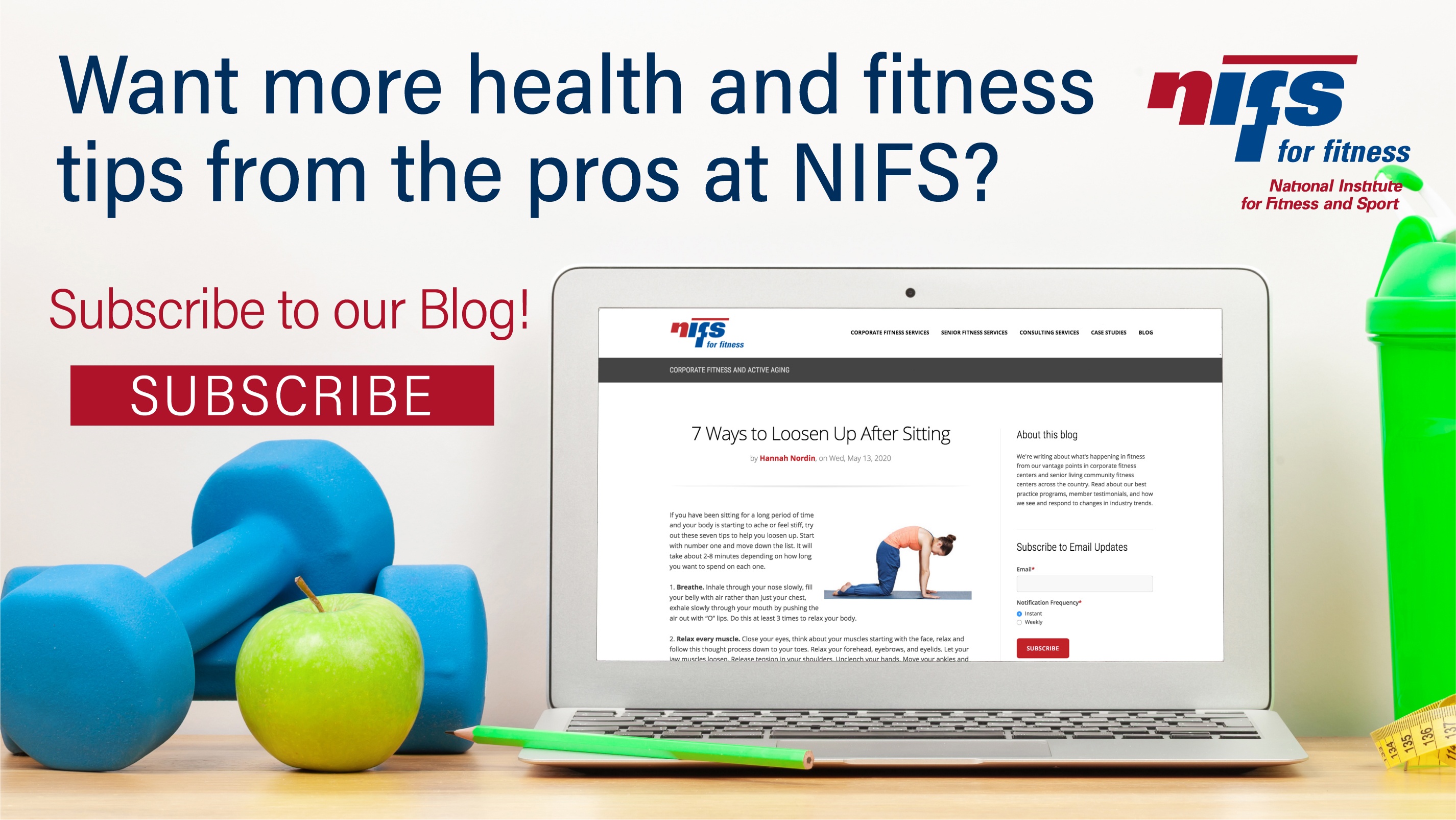
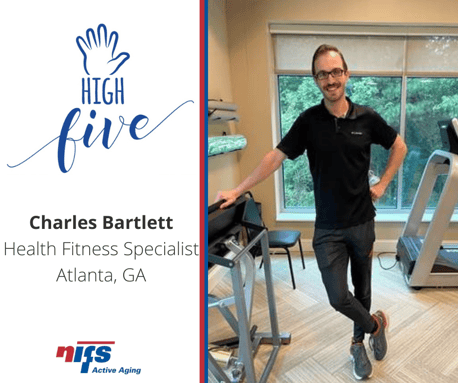 Name:
Name: 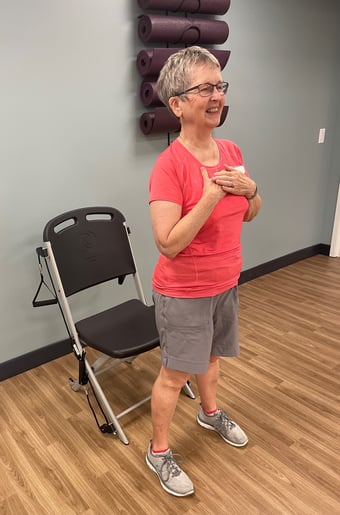 This summer, eight different NIFS fitness managers lead their residents through the Sit-to-Stand Challenge. Residents were asked to set a goal each day and complete a certain number of sit-to-stand exercises. They could group them all together or break them up throughout the day. The program was received with much enthusiasm as residents completed an average of 367 sit-to-stands per person during the month!
This summer, eight different NIFS fitness managers lead their residents through the Sit-to-Stand Challenge. Residents were asked to set a goal each day and complete a certain number of sit-to-stand exercises. They could group them all together or break them up throughout the day. The program was received with much enthusiasm as residents completed an average of 367 sit-to-stands per person during the month!
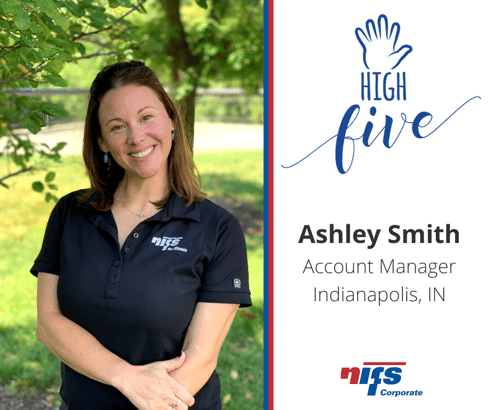 Name:
Name:.jpg?width=467&name=GettyImages-1225625994%20(1).jpg) In
In 